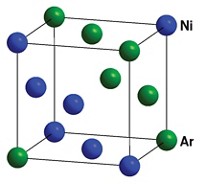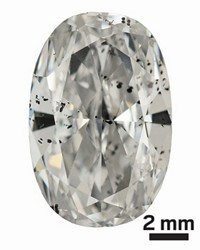Advertisement
Grab your lab coat. Let's get started
Welcome!
Welcome!
Create an account below to get 6 C&EN articles per month, receive newsletters and more - all free.
It seems this is your first time logging in online. Please enter the following information to continue.
As an ACS member you automatically get access to this site. All we need is few more details to create your reading experience.
Not you? Sign in with a different account.
Not you? Sign in with a different account.
ERROR 1
ERROR 1
ERROR 2
ERROR 2
ERROR 2
ERROR 2
ERROR 2
Password and Confirm password must match.
If you have an ACS member number, please enter it here so we can link this account to your membership. (optional)
ERROR 2
ACS values your privacy. By submitting your information, you are gaining access to C&EN and subscribing to our weekly newsletter. We use the information you provide to make your reading experience better, and we will never sell your data to third party members.
Physical Chemistry
A Revised Picture Of Deep-Earth Sulfur
Under extreme conditions, sulfur may exist as S3-, rather than the presumed sulfide and sulfate species
by Elizabeth K. Wilson
February 28, 2011
| A version of this story appeared in
Volume 89, Issue 9
A study of sulfur in fluids at high temperatures and pressures suggests that this geochemically ubiquitous element may exist deep in Earth in the form S3 –, rather than the presumed sulfide (H2S, HS–, and S 2–) and sulfate (HSO4 – and SO4 2–) species (Science, DOI: 10.1126/science.1199911). If true, this finding would change the picture of sulfur-rich fluid chemistry that drives the migration of elements such as gold, copper, and platinum from deep fluids to the surface to form ore deposits. It also implies that sulfur isotopic fractionation models used to date geologic samples, which are based on the assumption that sulfides and sulfates are the dominant species, may need to be revised. Gleb S. Pokrovski of France’s Paul Sabatier University and Leonid S. Dubrovinsky of Germany’s University of Bayreuth used a diamond anvil cell to subject sulfur-water solutions to a range of temperature and pressure conditions—up to 450 °C and 3.5 gigapascals. They found that at moderate temperatures sulfides and sulfates do predominate. However, at higher temperatures, like those encountered in Earth’s magma, S3 – emerges as the dominant species.




Join the conversation
Contact the reporter
Submit a Letter to the Editor for publication
Engage with us on Twitter